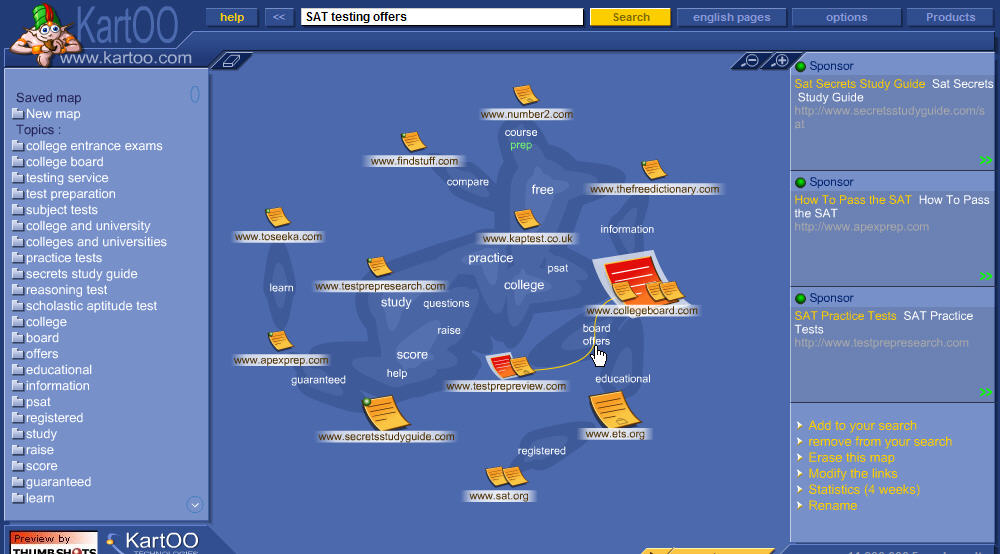Product marketing and product design have the same goal (maximizing sales) and arrive there using the same focused approach (understanding the prospective users’ needs and tastes). Not taking one’s eye off the audience is mandatory for both disciplines.
I used to think the iPod Shuffle was brilliant marketing but terrible design. I’ve come to realize that it’s brilliant at both.
I admit it. My original opinion was based on snobbery. I thought the idea of a portable music player that only really has two settings — play songs in the order I loaded them or scramble them completely — was daft.
Why? Because the world revolves around me. Learning how to use a new gizmo doesn’t bother me. It gives me more control. And I like control.
But I’m not the market. The market for the shuffle is those who don’t want to hassle with one more thing. These people just want music. Duh. I’m now convinced that Apple’s Marketing and Design teams worked together from a clear understanding of their audience to a degree that even rivals their other products.
Old me talking:
Those Apple marketing people are the ultimate con artists! Marketing gave Design a challenge: “We’re leaving money on the table by not selling something for under $100. Go design something!”Â
Design:Â “But we need to take away a ton of features to do that. Off comes the visual interface! Off comes the ability to maneuver through the songs. Out goes the hefty storage of a hard drive. That’ll be disappointing!”
Marketing: “Hey! We have an idea. We’ll just con them into thinking this is the best thing since the roulette wheel! They’ll even convince themselves that there is some spooky logic to the random playlist they’re hearing. It’ll be bigger than the Pet Rock! And guess what? They’ll pay a premium for this collection of parts that probably costs us all of $27 … with packaging! [Fiendish laughter]
The new me talking:
Apple’s Design and Marketing teams are brilliant at seeing an opportunity and seizing it. With the Shuffle, they weren’t too in love with their own complexity to remove it when the market dictated. So what if they’re making a fortune off of their brand and their reputation? They have once again earned their place as market leaders.
This conversion of mine, by the way, comes before my wife even charges and dons her brand new iPod shuffle. I say don because this new, brilliant design is more like a piece of jewelry than anything. It is as light as a ladybug and just as welcome clinging to her collar. It is a poem, and a haiku at that.
Your smallest product offering has convinced me of your massive and enviable understanding of your various audience segments. This one in particular. I would almost be afraid to admit that you know my wife better than I do.
I would, except it was me who picked this gift out for her, for her birthday. Now she thinks we’re both pretty swell.
Â



